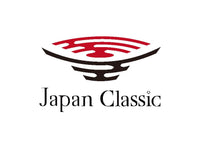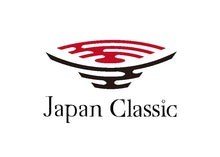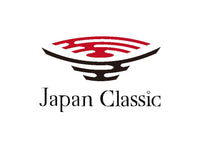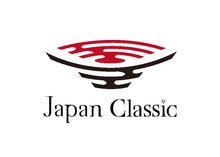【Japanese Pottery】Tokkuri‑gama (Bottle‑Open Kiln): Japan’s Rising‑Flame Industrial Kiln
About the Author
Hayato Eihara
I am a Japanese resident living in Japan!
With years of experience, I share in-depth and detailed information about Japan with the world.
As part of my mission to promote Japanese culture, I also run Japan Classic, an online shop specializing in unique, high-quality tableware. If you're interested, feel free to check it out!
Table of Contents
1. Tokkuri Kiln (徳利窯) 18th Century–1960s: Rising Flame Type
The Tokkuri kiln (徳利窯), developed in 18th‑century England, is a rising‑flame (昇炎式) kiln featuring a central cylindrical firing chamber enclosed by an exterior shell shaped like a sake bottle (tokkuri).
Introduced to Japan in the late 19th century, it was used primarily for firing dense brick and cement. In England it was also called a “Bottle‑Oven” kiln, and in Japan it earned the name gaitō‑gama (外套窯, “coat kiln”) because of its coat‑like outer form.
Inside the Tokkuri kiln is a working space with multiple fireboxes (焚口), allowing independent control of airflow. The gap between the firing chamber and the outer shell creates an insulating air layer that helps retain heat within the chamber.
・Fuel initially was coal (石炭), later transitioning to heavy oil, light oil, and gas.
・Some variants lack a separate cylindrical chamber; for example, the Old Onoda Cement Tokkuri kiln (a national cultural property in Yamaguchi Prefecture) integrates chamber and shell.
Ware is stacked inside the firing chamber and flue gases exit through a chimney above. Although the chamber resembles a rectangular kaku kiln in plan, it requires no separate flue, saving space.
Multiple ventilation holes (通風孔) at the top of the chamber—functionally similar to modern dampers—allow adjustment of airflow.
When these vents are closed, flames hit the ceiling and descend, converting the kiln into an inverted‑flame (倒炎式) configuration. While rising‑flame firing is less efficient due to heat loss upward, closing small vents raises chamber temperature. Adding protective saggers (匣鉢) could enable inverted‑flame firing of glazed ware.
By the 1960s, England phased out Tokkuri kilns in favor of continuous‑firing tunnel kilns for mass production; Japan similarly ceased their operation after roughly twenty years.
Rising‑flame kilns produced uneven firing and posed maintenance challenges due to their vertical form. Nonetheless, the Tokkuri kiln’s insulating air layer, compact footprint, and adjustable vents remain structurally advantageous and historically significant as an early industrial kiln.
Brighten Up Your Table.
We deliver vibrant, high-quality pieces directly from Japan to add color and elegance to your dining experience.







Leave a comment